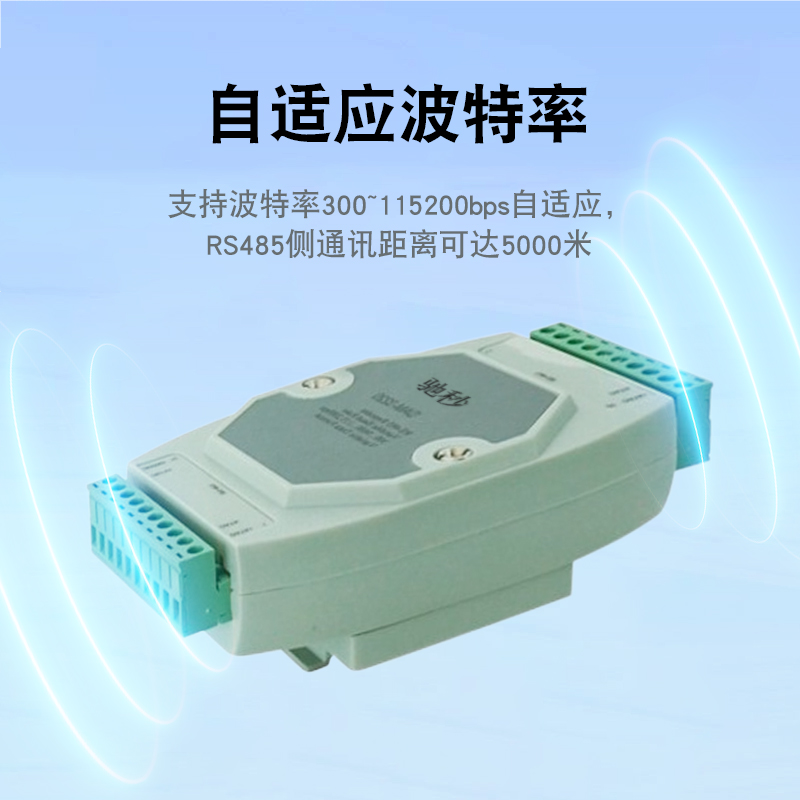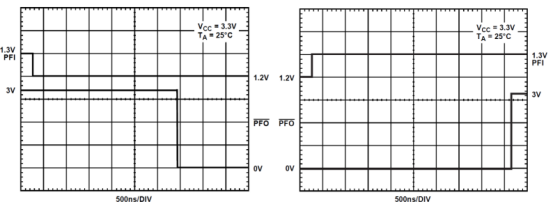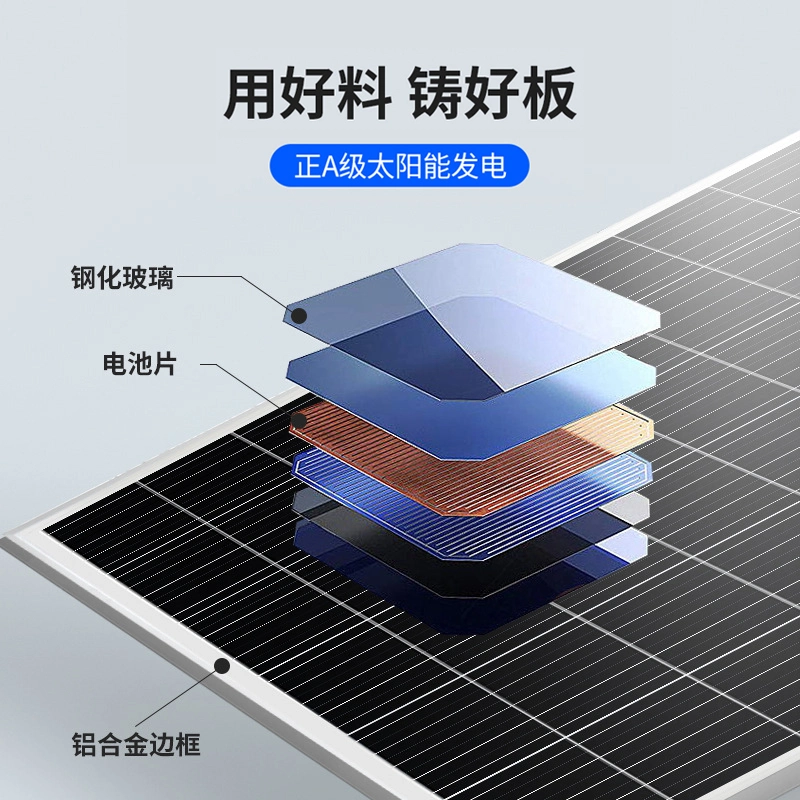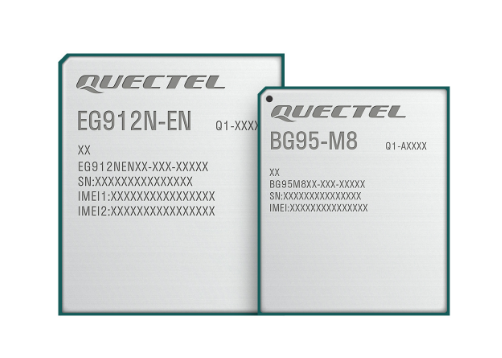什么是“回忆效应”? (中英版)
WHAT IS THE “MEMORY EFFECT”?
Memory Effect affects the run TIme of a tradiTIonal (NiCd) Nickel Cadmium Rechargeable Battery. There is some misconcepTIon about the word “memory”. Memory is commonly blamed for just about any battery failure known to man. The word ”memory” is derived from “cyclic memory”, meaning that a NiCd battery could remember how much discharge was required on previous discharges and then fail to regain a full capacity recharge. Improvements in battery technology have virtually eliminated this phenomenon. The problem with the modern NiCd battery is not the cyclic memory but the effects of large crystalline formaTIon. (When we refer to memory, we are referring to the formation of crystals.) The active materials (nickel & cadmium) of a NiCd battery are present in crystalline form. When the memory Phenomenon occurs, these crystals grow, forming spike or tree-like crystals that cause the NiCd to gradually lose performance and shut off early . In advanced stages, these crystals may puncture the separator, causing high self-discharge or an electrical short. Crystalline formation only presents a problem if the battery is repeatedly recharged without a periodic full discharge. It is not necessary to discharge a NiCd before each charge. A full discharge to one volt per cell once a month is sufficient to keep the crystal formation under control. Such a discharge/charge cycle is commonly referred to as “exercise”.
If no exercise is applied for several months, the crystals engrain themselves, making it more difficult to dissolve. In such a case, exercise is no longer effective in restoring a battery and “recondition” is required. Recondition is a slow, deep discharge that drains the cell to a voltage threshold below one volt must be discharged to at least 0.6 volts per cell to dissolve the more resistive crystalline build-up. If you use NiCd batteries you should purchase a charger with a “conditioning” function to neutralize the crystalline build-up problem.
Not all NiCd batteries respond well to recondition. A battery that has been in service for over a year and had not been exercised regularly may have a capacity reading that dropped to a low 20%. Even with repeated recondition cycles, the battery may not improve to an acceptable capacity
Nimh Rechargeable Batteries have almost no Memory Effect. Nimh have a different internal chemistry and are not as susceptible to the same “memory” problems as NiCds. In fact Nimh batteries can and should be charged from any discharge state. This is a major advantage of Nimh batteries over NiCd.
什么是“回忆效应”?
回忆效应影响了镉镍二次电池的放电时刻。关于“回忆”一词,存在一些误解。“回忆”源自于“循环回忆”,它意味着镉镍电池可以记住从前的放电量,不能再次充电到最大容量。电池技能的进步正逐步消除这种现象。 现代镉镍电池的问题不在于循环回忆,而在于很多结晶结构的影响。(当咱们说到回忆效应的时分,咱们将会说到结晶结构。)镉镍电池里的活性物质镍和镉都表现为晶体方式。当回忆效应发作时,晶领会增加,构成刺钉状或树状结晶,这导致了镍,镉逐步失掉其原有功用。进一步的反响,这些晶体或许穿过分离器,导致高的自放电或许短路。假如电池在没有彻底周期性放电的情况下就被重复充电,就会导致结晶的构成。关于镉镍电池来讲,每次充电前的放电是不必要的。每个月每个电芯彻底放电到一伏足以坚持水晶结构在操控之下。像那样的充放电循环通常被称之为“exercise”。假如几个月都不”exercise”,结晶将会再次集结,而且使之溶解将愈加困难。 在那种情况下,”exercise”在重储和康复电池方面将不起作用。康复是一种缓慢的,深度的放电进程,它放电使电芯到达一个电压极限,一个电芯必定要由一伏的电压至少放电至0.6伏以下,才干溶散更多的抗性晶体。 假如你运用镉镍电池,就应该买一个带有限制构成结晶功用的充电器。 并非一切的镉镍电池都有一个好的康复反响。一个用了一年以上且不被常常循环的电池,容量将下降到20%以下。这时即便屡次重复康复循环,电池也不会进步可接受的容量。镍氢二次电池简直不受回忆效应的影响。它的的内部化学结构使之不像镉镍电池相同遭受回忆效应的影响。事实上镍氢电池在任何放电状态下都可以进行再充电。这是镍氢电池优于镉镍电池的一个首要的优势。









